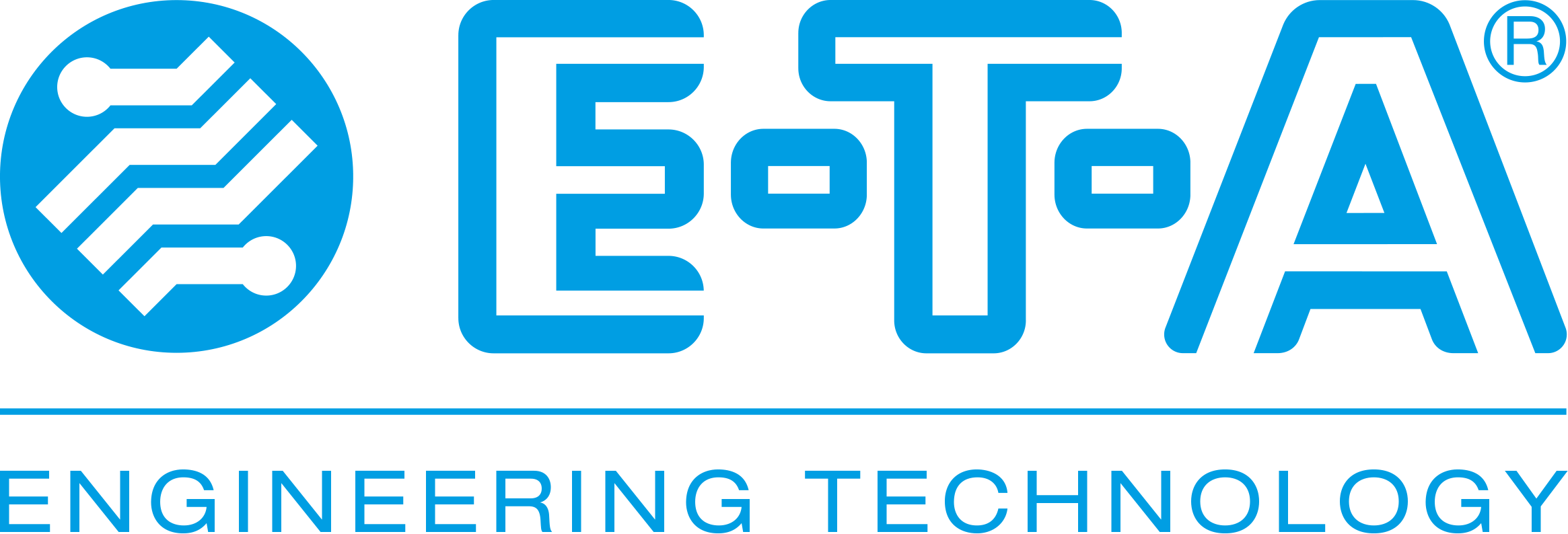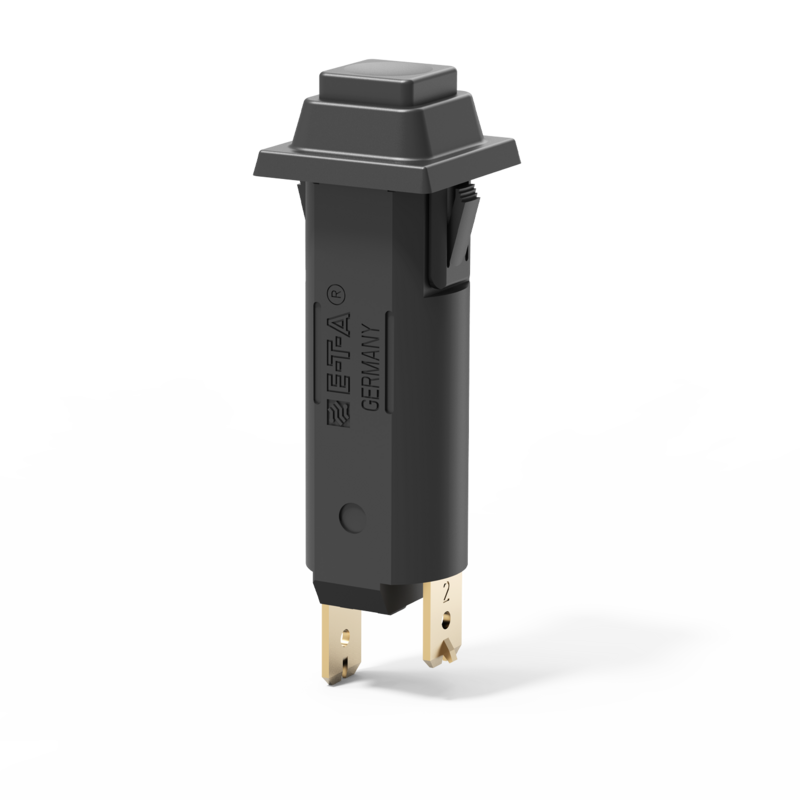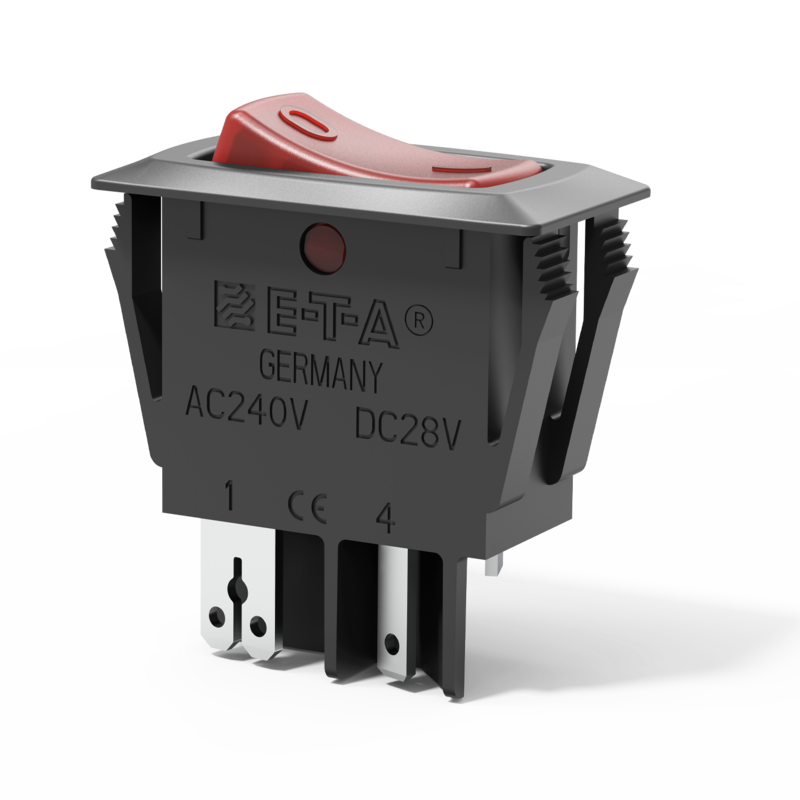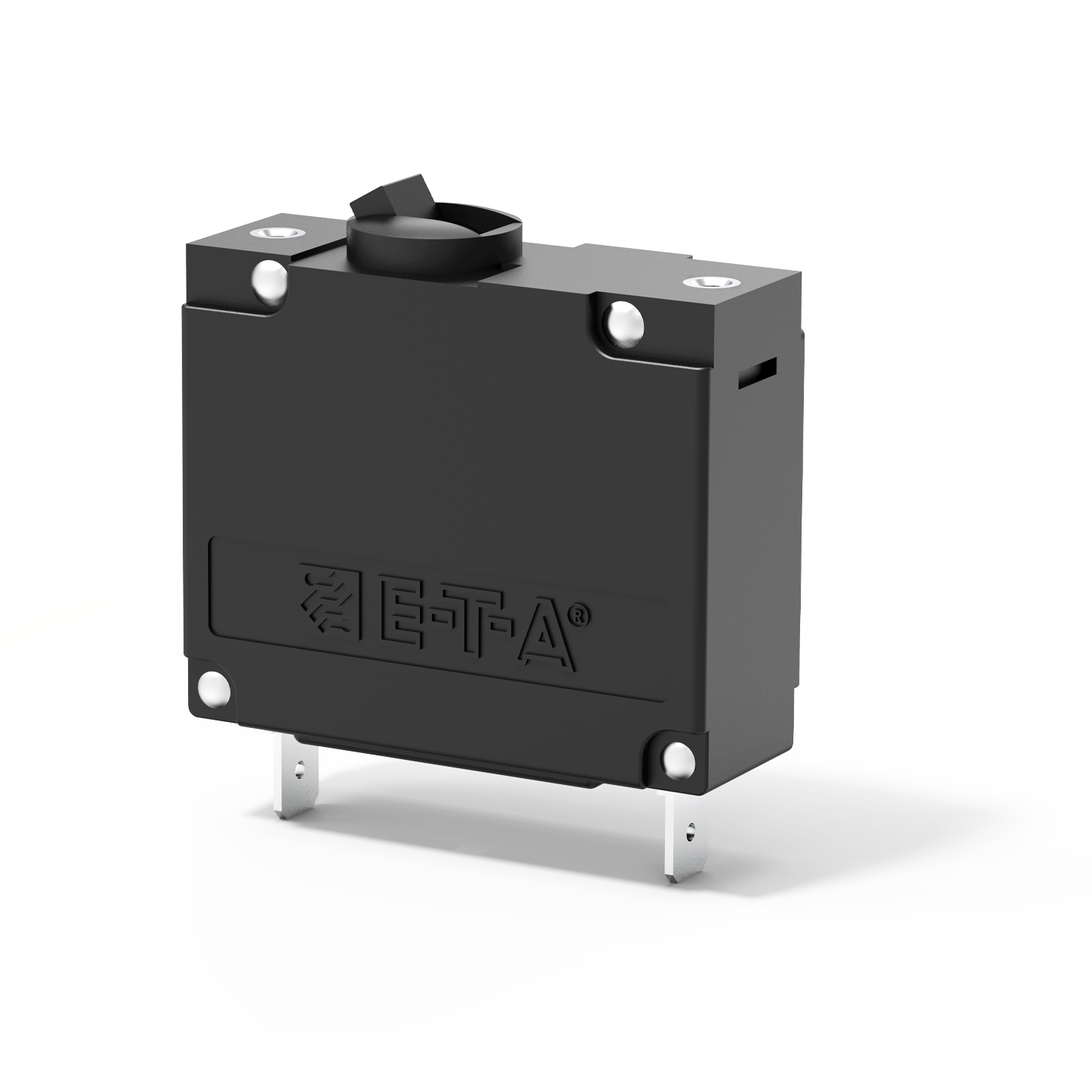
Choosing the Right Circuit Protection for Your Medical Device: A Guide to Getting It Right
Medical devices are essential for diagnosing and treating illnesses, serving as a cornerstone of modern healthcare. The reliability of electrical medical equipment is vital for ensuring effective outcomes in doctor’s offices, operating rooms, and medical laboratories. In such critical settings, there is no room for compromise in safety and quality.
This is especially important when it comes to safeguarding devices and machinery during an overcurrent condition—an event where the electrical current exceeds the circuit's rated capacity or deviates from its intended path, such as in a short circuit.
Note: Overcurrent and short circuit conditions are not the same. A short circuit is where the electric path is shorted to the ground, causing a spike in current. On the other hand, an overcurrent condition arises when the normal load current exceeds its intended limit, causing an increase in current flow. This excess could be as small as 1A, 5A, 10A, or more, depending on the system's design.
THE ROLE OF CIRCUIT BREAKERS
A circuit breaker is an automatically operated electrical switch, which can protect an electrical circuit from damage caused by excess current. Upon detecting a fault, it interrupts the flow of electricity, preventing further harm. Unlike a fuse, which must be replaced after activation, a circuit breaker can be quickly reset, ensuring minimal disruption and downtime.
Circuit breakers are designed to trip when the current exceeds the circuit’s rated capacity. The speed of this action depends on the breaker’s mechanism and the severity of the overcurrent—higher overcurrents result in faster trip times.
There are four basic circuit breaker technology design choices for medical applications: magnetic, thermal, thermal-magnetic and electronic versions.
Circuit breakers utilizing various technologies have distinct performance characteristics, particularly in their trip profiles under overload conditions, which vary based on the relationship between time and current.
For example, a circuit breaker might have magnetic trip units or electronic trip sensors that can be adjusted for long, short, or instantaneous delays. Below is an in-depth review of these technologies, with a focus on the specific challenges they address.
"Compact and efficient: Some models combine ON/OFF switching and overcurrent protection in one device, reducing space and cost."
Thermal Circuit Breakers:
Thermal circuit breakers rely on the heating effect of current through a bimetal strip or disk. The trip time of thermal circuit breakers depends on the level of overload current. The higher the current, the faster the bimetal will reach its predetermined trip point and open the circuit.
This type of circuit breaker can distinguish between harmless temporary surges and sustained overloads. Thermal circuit protection is ideal for machinery or equipment that experiences high current inrushes during the startup of electric motors, transformers, or solenoids.
In critical patient care applications, medical equipment requires reliable components to ensure safety and performance. A circuit breaker with an integrated on/off switch offers enhanced dependability by minimizing the number of component connections. This two-in-one design also provides additional advantages, including reduced panel space, simplified wiring, lower costs, and superior protection compared to standard switches.
For example, the 3120-N thermal circuit breaker/switch combination combines overcurrent and an ON/OFF switch into a single component. The trip element is a thermal bimetal. After tripping, it can easily and quickly be reset. The positively trip-free mechanism reliably disconnects the circuit even if the actuator is blocked.
Benefits of a thermal circuit breaker:
- They are a thermal copy and matched to the loads being protected. The higher the overload current, the faster the circuit breaker trips.
- They withstand inrush current peaks from motors, transformers, and magnetic valves, effectively preventing nuisance tripping.
- They trip sooner at high ambient temperatures. This is a major advantage for all electrical loads whose resilience strongly depends on the ambient temperature.
Thermal-Magnetic Circuit Breakers:
Thermal-magnetic types combine thermal protection with a faster magnetic controlled tripping response. Thermal-Magnetic trip units have two sensing circuits in series with a spring assisted latching switch. The first sensing circuit uses a thermal sensing element that reacts to overcurrents. The second sensing circuit is a magnetic coil that reacts to short circuits. Either the thermal sensing or the magnetic sensing can cause the circuit breaker to open.
Thermal and thermal-magnetic breakers are sensitive to temperature. Under warmer ambient temperature conditions, their current handling capacity may lead to faster activation, making it essential to follow the manufacturer's de-rating guidelines. Thermal-magnetic circuit breakers are often used in applications that require a quick response to short circuit currents. These breakers are commonly used in medical systems, where precise and reliable protection is crucial for high value capital equipment.
Benefits of thermal-magnetic circuit breakers:
- Overload and short circuit protection in a single device.
- High interrupting capacity can be achieved by suitable arc arresters
Magnetic-Hydraulic Circuit Breakers
Magnetic-hydraulic circuit breakers function by utilizing the magnetic field produced by the electrical current. When the current exceeds a specific threshold, the magnetic field becomes strong enough to trigger the breaker, causing it to trip almost instantly. This rapid response, limited only by the mechanical inertia of the mechanism, ensures fast disconnection, making these breakers ideal for protecting sensitive equipment.
These devices are ideal for protecting equipment with printed circuit boards and semiconductors from short circuits. Permanent magnet types are particularly compact and offer fast, precise tripping characteristics. However, it’s important to prevent nuisance trips caused by switch-on surges or transient currents. If suppressing surges is not feasible, delayed thermal or hydraulic-magnetic types may be a more suitable choice.
Benefits of magnetic-hydraulic circuit breakers:
- Compact design
- Trip times are largely independent of the ambient temperature
- Very fast reset times
Electronic Overcurrent Protectors
In large medical equipment, 24V DC switch-mode power supplies (SMPS) frequently replace conventional transformer power supplies. The overcurrent protection requirements for SMPS are quite different: at high loads caused by short circuit or overload, a SMPS automatically reduces its output voltage.
Electronic circuit breakers are the ideal solution for this challenge. With built-in current limitation, they provide reliable and selective load disconnection. In the event of an overcurrent in a load circuit, only the affected circuit is isolated, leaving the 24V DC switch-mode power supply and other critical system components unaffected. This selective disconnection ensures that essential parts of the system remain operational, maintaining efficiency and minimizing downtime.
AVOIDING COMMON MISTAKES
COMPENSATE FOR NUISANCE TRIPPING
Reliability is critical in medical equipment, and false alarms must be prevented. To avoid nuisance tripping, many engineers opt for circuit breakers with higher ratings than necessary. While oversizing fuses is a common practice to address this issue, thermal and thermal-magnetic circuit breakers do not require such oversizing. These breakers are designed to provide reliable protection without excessive ratings, ensuring both safety and efficiency.
A product can be prone to nuisance operation due to incorrect selection or poor design/construction, which will lead to an increase in equipment downtime. Inrush currents often cause nuisance tripping associated with certain electrical components found on motorized equipment, such as x-ray equipment, MRI machines, and hospital beds and tables.
In addition to motors, components such as transformers and solenoids also create high currents upon start-up.
Medical equipment often generates high-inrush loads for a very short duration (0.1 msec). AC electric motors and transformers may draw several times their normal full-load current when first energized, for a few cycles of the input waveform. Power converters also often have inrush currents much higher than their steady-state currents, due to the charging current of the input capacitance. To ensure reliable operation, overcurrent protection devices must strike a delicate balance—they need to respond swiftly to overloads or short circuits, yet avoid disrupting the circuit during these temporary inrush currents.
The designer needs to specify a circuit breaker with an adequate delay. Thermal circuit breakers have a natural delay, and magnetic circuit breakers are available with added hydraulic delays. A typical thermal or thermal-magnetic circuit breaker can withstand in- rush currents up to 2.5 times its rating or higher for a limited time without tripping. The specified delay should match the duration of the expected inrush or temporary surge currents.
Avoid These Costly Mistakes
Using a circuit breaker with the wrong ampere rating, It won’t properly protect against overcurrent conditions.
Ignoring environmental conditions, Temperature, humidity, and IP ratings impact circuit breaker performance.
Skipping coordination between breakers, Ensure the downstream breaker trips first to prevent system-wide shutdowns.
Specifying a Single vs. Double Pole Circuit Breaker
In medical equipment applications, one common error is specifying a single-pole circuit breaker instead of a safer two-pole option. Two-pole circuit breakers feature four terminals: two for the power input and two for the load output. They are typically used in systems with voltages of 230 V or higher. When equipment is incorrectly wired, single-pole circuit breakers pose a serious risk of electric shock to operators when they trip. In contrast, two-pole circuit breakers provide a much safer alternative by interrupting both wires connected to the power source, significantly reducing the risk of electrical hazards.
Two-pole breakers are mandated by UL 544 and UL 60601, the key standards governing medical equipment and devices. However, engineers should note that circuit breakers themselves won’t carry a UL 544 or UL 60601 listing, as these standards apply to the complete medical device. That said, most UL-recognized two-pole circuit breakers meet the requirements for use in compliance with UL 544 and UL 60601.
Real World Conditions
Circuit breaker specifications are based on the conditions outlined in their datasheets, typically including factors like a 60 Hz frequency, clean, dry air, and a 40ºC ambient temperature. However, when real-world conditions deviate from these ideal parameters, derating factors must be applied. Always refer to the manufacturer’s guidelines to ensure the device is properly adjusted for the environmental conditions it is designed to handle.
For example, thermal and thermal magnetic circuit breakers are not normally compensated for fluctuations in ambient temperature. Since the tripping-current level depends on the surrounding temperature, trip times reduce as ambient temperature increases and extend with a drop in temperature. If the application requires the circuit breaker to have fixed tripping characteristics within a fluctuating ambient temperature range, magnetic-hydraulic circuit breakers may be a better choice, as these devices remain stable within defined upper and lower temperature limits.
A common error is specifying for incorrect environmental conditions. For example, a circuit breaker might need protection from water splashes if the device is wiped down, but it would not need a rating for immersion in water. Ingress Protection (IP) ratings are defined in international standard EN 60529. They are used to define the levels of sealing and effectiveness of electrical enclosures against intrusion from solid objects, dust and water. Circuit protection devices used in medical equipment typically require an IP rating, such as IP54, indicating protection against dust and water splashes.
Circuit Breaker Ratings
Circuit breakers have an ampere rating, which is the maximum continuous current the breaker will carry. The circuit breaker’s ampere rating should be the same, or slightly below, the current in amperes that the wiring will carry continuously. If a circuit breaker is chosen with the wrong ampere rating, the electrical equipment may not be properly protected in an overcurrent or short-circuit condition.
Circuit breakers are rated based on their ability to safely open the protected circuit with a specific amount of current flowing in the circuit (referred to as AIC or Ampere Interrupting Capacity). This is the maximum interrupt capacity of the device, where it will open or fail safely at least one time.
The amount of fault current available must not exceed the breaker’s ability to safely open the circuit. Circuit breakers should be rated for the applied voltage, continuous amperage load, and equal to or greater than the available current. If a circuit breaker does not have an adequate voltage rating, it can trip while trying to interrupt an overcurrent. Manufacturers’ performance specifications will define the rated voltages, which are defined as the maximum DC and/or AC system voltages up to which the circuit breaker may be used.
FEATURED PRODUCTS:

Type 1110
ingle pole switch/thermal circuit breaker (S-type TO CBE to EN 60934) with tease-free, trip-free, snap action mechanism. Designed for snap-in panel mounting utilising round hole or industry standard fuse-holder cut-out dimensions.

Type 1410-F1
Miniaturised single pole rocker switch/thermal circuit breaker combining ON/OFF switching and extremely fast overload performance in a single component (S-type TO CBE to EN 60934/IEC 934).

Type 8335
Single and multipole magnetic circuit breakers with trip-free mechanism and toggle actuation. A choice of fast magnetic or hydraulically delayed switching characteristics (S-type MO or HM CBE to EN 60934) ensures suitability for a wide range of applications.
Enhance Reliability & Safety in Medical Equipment with E-T-A
Ensure uninterrupted performance and extended longevity for your medical devices with E-T-A’s cutting-edge circuit breakers and power entry modules.
Designed to protect against overcurrents, our solutions help maintain uptime, improve efficiency, and safeguard patients and staff from electrical hazards.

Request a sample today & test E-T-A’s circuit protection in your design!
